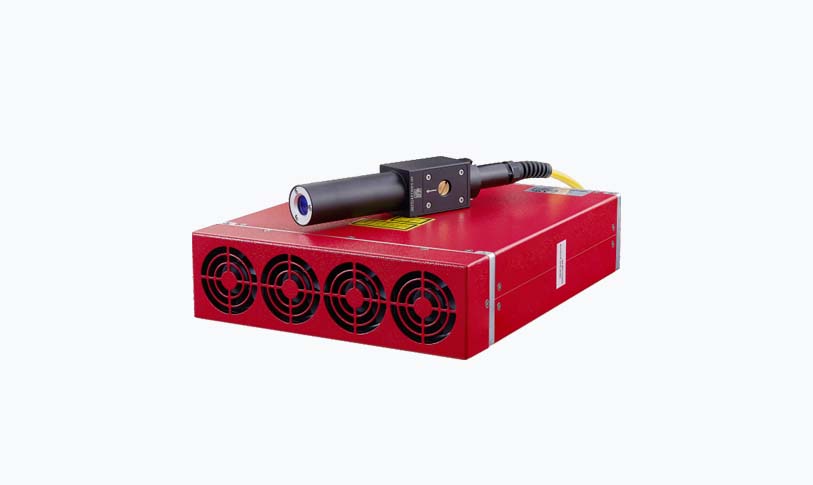[nanosecond lasers]Revolutionizing Precision Engineering: The Impact of Nanosecond Lasers on Manufacturing and Material Processing Across Industries

Revolutionizing Precision Engineering: The Impact of Nanosecond Lasers on Manufacturing and Material Processing Across Industries
****
In recent years, the introduction of nanosecond lasers has transformed a variety of industries, enhancing the precision and efficiency of manufacturing and material processing. These powerful laser systems, capable of emitting pulses of light that last only a billionth of a second, have opened new avenues for innovation in sectors ranging from electronics to medical devices. By delivering energy in highly controlled bursts, nanosecond lasers enable intricate cutting, marking, and engraving with unparalleled accuracy. In this article, we will explore the fundamental principles of nanosecond lasers, their applications, and the benefits they offer to different industries.
Nanosecond lasers operate based on the principle of producing optical pulses that are exceptionally short, typically ranging from a few nanoseconds to hundreds of nanoseconds. This brief duration of energy delivery allows for high peak powers without generating significant heat, which minimizes the thermal effects on the surrounding material. This is especially advantageous for delicate applications where heat can lead to warping, charring, or other unintended consequences.

Revolutionizing Precision Engineering: The Impact of Nanosecond Lasers on Manufacturing and Material Processing Across Industries
One of the primary applications of nanosecond lasers is in material processing. They are widely used for precision cutting and engraving of various materials, including metals, plastics, glass, and ceramics. The high-speed nature and minimal thermal impact of these lasers allow manufacturers to achieve intricate designs and features that were previously impossible with traditional methods. For instance, in electronics manufacturing, nanosecond lasers are instrumental in creating fine patterns on circuit boards, ensuring that intricate connections can be made with perfect precision.

Revolutionizing Precision Engineering: The Impact of Nanosecond Lasers on Manufacturing and Material Processing Across Industries
In addition to cutting and engraving, nanosecond lasers are also effective for laser marking, which involves etching or marking surfaces without compromising the integrity of the underlying material. This is particularly useful in industries that require high-quality branding or product identification. For example, in the automotive sector, manufacturers use nanosecond lasers for marking identification numbers, barcodes, and logos on various components and assemblies. The resulting marks are permanent and resistant to wear, which is crucial for products subjected to harsh operating conditions.
Moreover, nanosecond lasers find significant application in the medical field. They are employed for various procedures, such as laser surgery and tissue ablation, where precision is paramount. For example, in ophthalmology, nanosecond lasers are used in procedures like LASIK, where the minutest alterations to corneal tissue can dramatically improve a patient’s vision. The ability to precisely ablate tissue without damaging surrounding areas is a considerable advantage that nanosecond lasers provide in clinical settings.
The advancements in nanosecond laser technology also extend to additive manufacturing processes, where they aid in the development of complex structures with fine detail. By employing selective laser sintering (SLS) or selective laser melting (SLM) techniques, manufacturers can achieve high-resolution parts that possess remarkable strength and durability. This is particularly relevant in aerospace and automotive industries, where weight reduction without compromising structural integrity is a critical factor.
Environmental considerations are also leading to increased adoption of nanosecond lasers in manufacturing. The efficiency of these systems translates to less waste generation and reduced energy consumption compared to traditional machining methods. Industries are increasingly turning to nanosecond lasers not only for the benefits of precision and speed but also for their capability to support sustainable practices.
Furthermore, the integration of nanosecond lasers with advanced computer systems equipped with artificial intelligence and machine learning algorithms is ushering in a new era of smart manufacturing. By automating processes, manufacturers can achieve real-time monitoring and adjustments during production, ensuring that quality standards are consistently met.
As we look towards the future, the potential for nanosecond lasers seems limitless. Ongoing research and development efforts are focused on enhancing their capabilities, including improving pulse duration, energy efficiency, and integration with new materials. As industries continue to embrace the advantages of nanosecond lasers, we can expect to see even more innovative applications emerging, revolutionizing manufacturing and material processing for years to come.
In conclusion, nanosecond lasers represent a groundbreaking advancement in precision engineering. Their ability to deliver energy with extreme accuracy and minimal thermal impact makes them invaluable across a myriad of industries. From electronics to medical applications, and even in sustainable manufacturing practices, the role of nanosecond lasers is set to expand endlessly, cementing their status as a cornerstone of modern industrial innovation.3d printer design program
